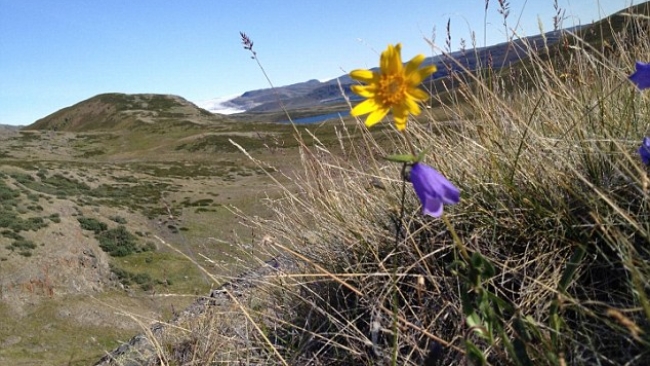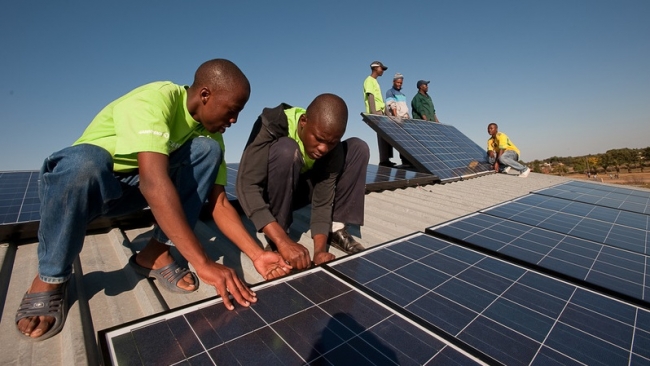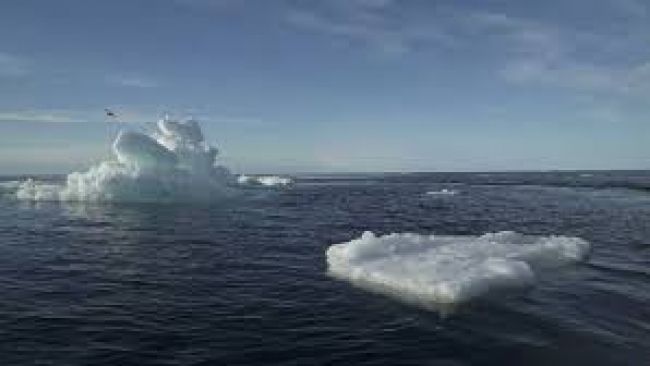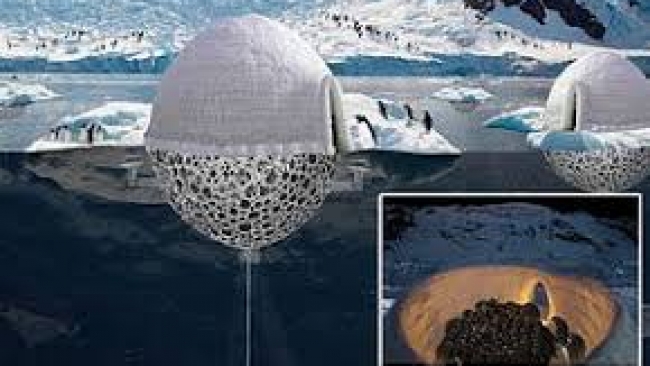Global warming is speeding up the Arctic's 'nature clock' and playing havoc with its wildlife, experts warn

Some plants in the low Arctic of Greenland are emerging sooner than usual while others are delaying their emergence as warmer winters are causing spring to come sooner These changes are associated with reduced sea ice cover in the Arctic and are causing 'nature's clock' to speed up.
The earlier arrival of plants can have knock on effects on other species such as caribou, who come out to forage at the same time each year and eat the earlier emerging plants which are less nutritious than they were at first growth, resulting in fewer calves born and more calve deaths.
The timing of seasonal events, such as the first growths in spring, flower bud formation and blooming make up the plant's phenology - a term referring to cyclic and seasonal biological events that, in the case of plants, refers to the window of time it has to grow and reproduce.
But in the Arctic, this 'natural clock' is running too fast. Researchers based at the University of California, Davis, studied the emergence dates of certain species of plants over a period of 12 years.
They found that warming winters and springs associated with declining sea ice cover created a mixture of plants either emerging much sooner, later or somewhere in between.
The food is still there but the plants are not as nutritious as they were at first growth. As a result, fewer calves are born and more die early in years when spring plant growth outpaces the caribou calving season.
'That's one example of the consequences of this for consumer species like caribou, who have a limited window to build up resources before going into the next winter,' Professor Post said.
'With the most recent study, we're taking a step toward understanding how extensive and cryptic the effects of sea ice loss might be in the Arctic.'
Source: Daily Mail
Sat 25 Feb 2017 at 07:51



.jpg)
.jpg)
